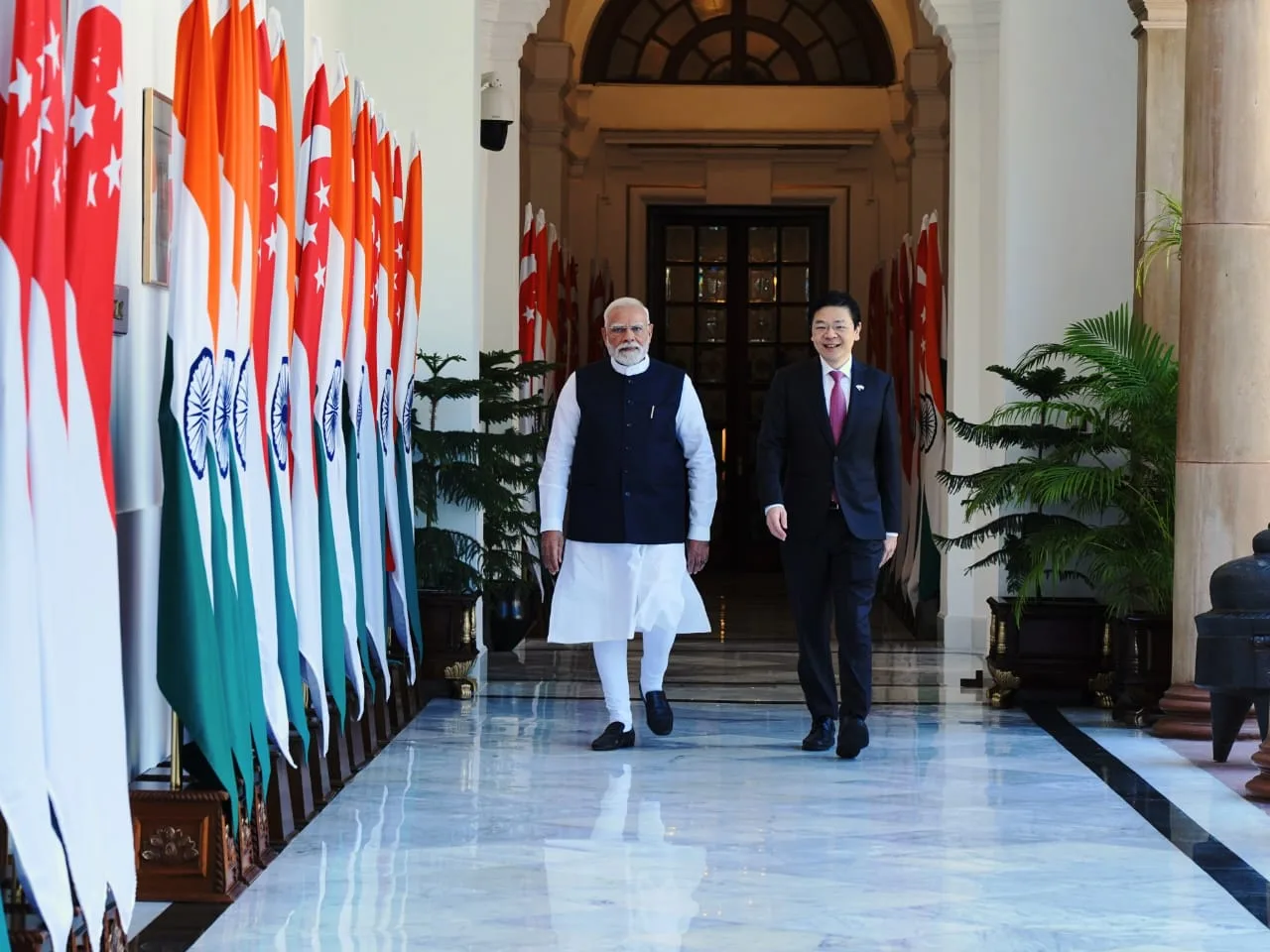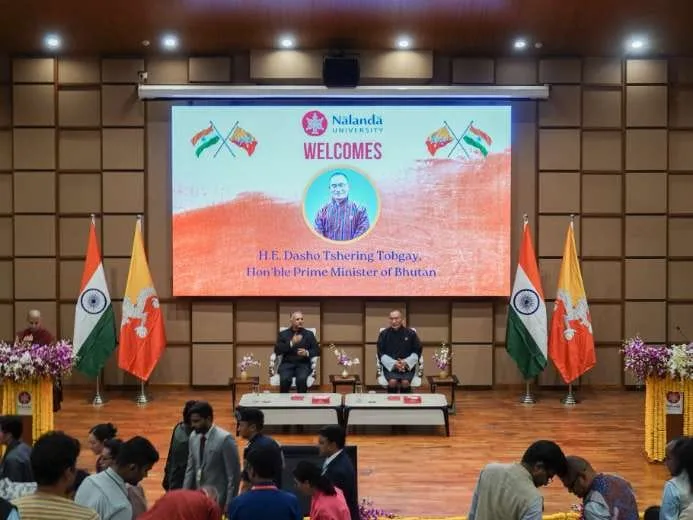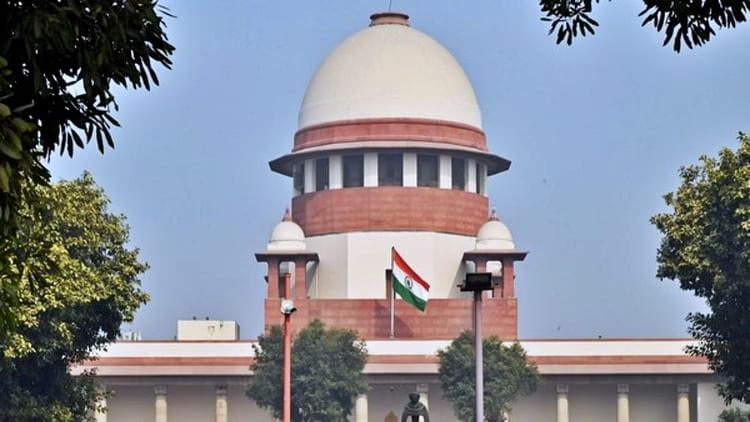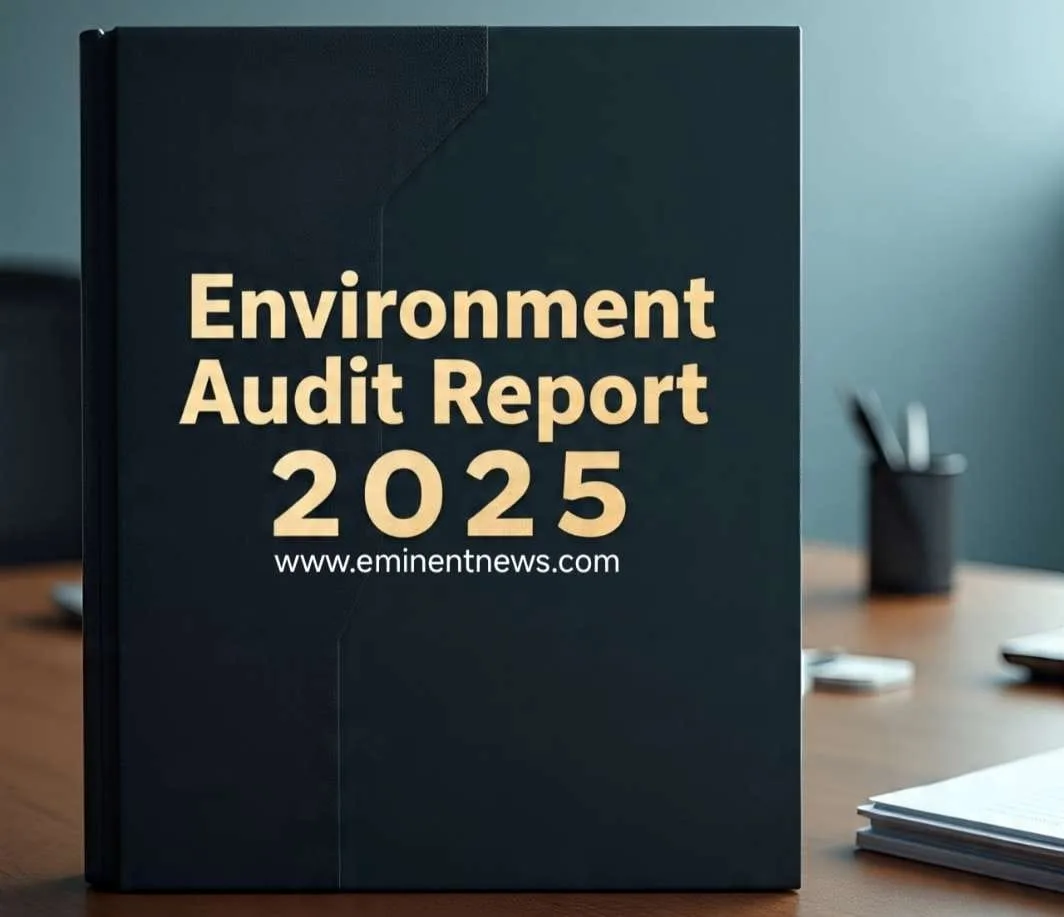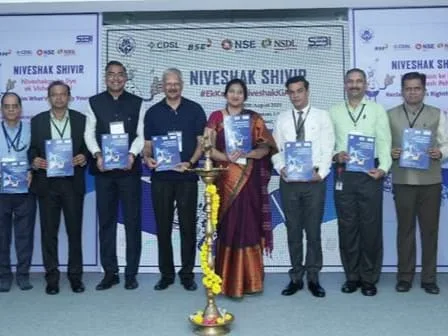During his second tenure, Australian Prime Minister Anthony Albanese is focused on several key policy areas, including economic stability, climate change, and social equality .
Key Priorities and Achievements:
- Economic Policies: Albanese’s government is focused on taming rising living costs and easing the housing crisis through tax cuts, cheaper medicines, and lower deposits for first-time home buyers .
- Climate Change: Continuing the commitment to cut Australia’s carbon emissions and reach net zero by 2050, with a focus on renewable energy projects .
- Foreign Relations: Aiming to maintain stable international relations, including improving ties with China and reinforcing alliances with key partners like the United States and the Pacific island nations .
- Social Policies: Focused on advancing reconciliation with First Nations people and closing the gap between Indigenous and non-Indigenous Australians .
- “Kinder” Leadership: In contrast to his rival, Albanese is working to present a more compassionate and inclusive leadership style, emphasizing unity and shared values among all Australians .
Challenges and Criticisms:
- Cost of Living: Faced criticism for not being aggressive enough in addressing rising living costs during a period of high global inflation .
- Climate Policy: Despite advancements in renewable energy, the government has faced criticism for approving new coal and gas projects .
- Voice Referendum: The defeat of the Voice referendum was a significant setback, leaving some Indigenous Australians feeling forgotten by policymakers .
Albanese’s second term :
Albanese’s second term is centered on delivering stability and progress in key areas such as economic management, environmental sustainability, and social inclusion, while also addressing criticisms and overcoming challenges .
Anthony Albanese’s second tenure as Prime Minister of Australia builds upon his first, with some shifts in emphasis and approach.
Key Differences and Continuations:
- Economic Focus:
- First Tenure: Initial focus on post-pandemic recovery and managing immediate economic challenges .
- Second Tenure: Stronger emphasis on tackling cost of living pressures, housing affordability, and long-term economic stability through targeted policies .
- Climate Change:
- First Tenure: Establishing emissions reduction targets and initiating renewable energy projects .
- Second Tenure: Focus on implementing climate policies, investing in renewable energy infrastructure, and navigating the transition to a net-zero economy while facing criticism for new fossil fuel projects .
- Social Policy:
- First Tenure: Commitment to reconciliation with First Nations people .
- Second Tenure: Continued pursuit of reconciliation, but facing challenges following the defeat of the Voice referendum. Increased emphasis on addressing social inequalities and promoting unity .
- Foreign Policy:
- Both Tenures: Consistent approach to strengthening international alliances and stabilizing relationships with key partners .
- Second Tenure: Renewed focus on regional security and economic cooperation amid increasing global uncertainty .
- Leadership Style:
- First Tenure: Establishing a collaborative and consultative leadership style .
- Second Tenure: Reinforcing a message of unity and stability, while navigating the complexities of a diverse electorate and evolving political landscape .
Overall Shifts:
- From Foundation to Implementation: The first term focused on setting the foundation with key policy frameworks, while the second term is more about implementing and expanding these policies .
- Navigating Challenges: The second term involves addressing more complex challenges such as cost of living pressures and social divisions, requiring more targeted and nuanced approaches .
- Increased Scrutiny: With a track record to assess, the second tenure faces increased scrutiny and higher expectations from the public and political stakeholders .
Summary:
Albanese’s second tenure is characterized by a move from setting broad policy directions to implementing and refining them, with a stronger focus on addressing immediate economic pressures and social cohesion while navigating the complexities of the Australian political landscape ..
for more world news visit www.eminentnews.com


